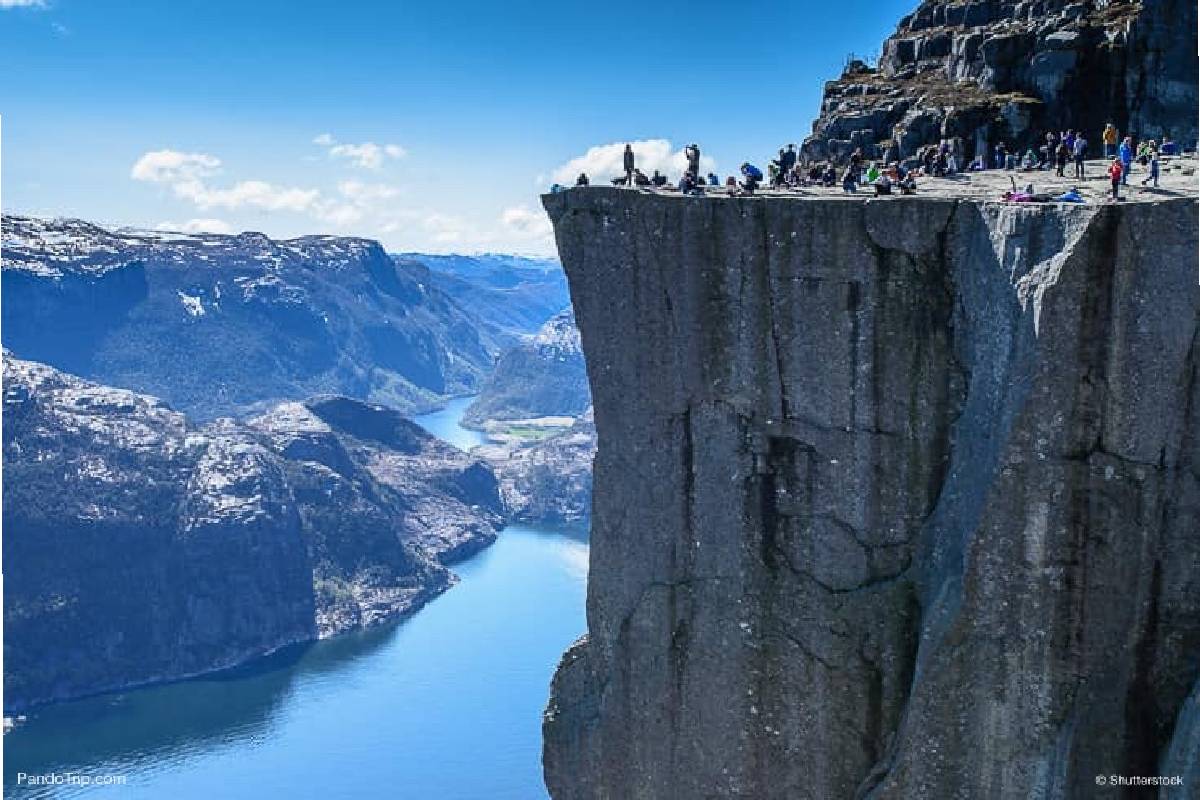Amazing Locations in The Nordic Countries
Amazing Locations in The Nordic Countries: The Nordic area is made up of five independent states and three related autonomous territories.
Denmark, Finland, Iceland, Norway, and Sweden are the five states. Aland, Greenland (Denmark), and Faroe Island are among the independent regions (Finland). These northern hemisphere nations are home to some absolute breath-taking vistas and landscapes. The top locations in these nations are highlighted in this article for your travel consideration.
The Nordic countries are a physical and cultural region in Northern Europe and the North Atlantic (also called as the Nordics or Norden; lit. “the North”). It includes the Faroe Islands, Greenland, and the autonomous region of land in addition to the sovereign states of Denmark, Finland, Iceland, Norway, and Sweden.
Earlier times and the Middle Ages
With the exception of a few implements made of stone, bronze, or iron, a few pieces of jewellery and ornaments, and stone burial cairns, there isn’t much evidence of the Stone Age, the Bronze Age, or the Iron Age in the Nordic countries.
Petroglyphs, a common and extensive collection of stone carvings, are one significant collection that does, nevertheless, exist.
One of the Germanic groups associated with the fall of the Western Roman Empire and the creation of Medieval Europe is known as the Goths, who had their origins in southern Scandinavia and eventually split into Visigoths and Ostrogoths. However, these absorbed Rome’s Latin culture.
Early modern period and industrialization
In contrast to Denmark, which struggled throughout the Thirty Years’ War, Sweden did fairly well. Sweden saw the potential for a transition of regional power.
Sweden was bordered by a potentially dangerous Danish-Norwegian area, and the Sound Dues continued to annoy the Swedes.
The Swedish Privy Council determined in 1643 that there were significant chances for Swedish territory gain in a future conflict with Denmark and Norway. Soon after, Sweden occupied Denmark and Norway.
Contemporary times and the late modern era.
The five tiny Nordic states had to perform challenging balancing acts during the two world wars and the Cold War, but they managed to maintain their independence and grow stable democracies.
The Nordic states had remained neutral throughout World War I, but they were unable to do so during World War II. In the wake of the Winter War, Finland gave up territory after the Soviet Union attacked it in 1939.
Finland launched a counterattack in 1941 in response to the German assault on the Soviet Union. Even though Finland was able to save its democratic style of government, more territory was lost as a result, and for many years after that, Finnish foreign policy was centered on placating the Soviet Union.
Germany invaded Denmark and Norway in 1940. In response, the Allies took control of Greenland, Iceland, and the Faroe Islands. While officially remaining neutral and avoiding direct confrontations in the Axis/Allies struggle, Sweden in reality conformed to the demands of the dominating force, first Germany and then the Allies.
However, Sweden did back Finland and chose to be “noncombatant” rather than neutral during the Winter War between Finland and Russia in 1939–1940.
Amazing Locations to Visit
Iceland’s Reykjavik
- Iceland’s capital city is really attractive.
- The capital city won’t let you down if you want to try some delectable Icelandic cuisine.
- Reykjavik is a must-visit location since it is surrounded by breathtaking natural scenery.
Sweden’s Stockholm
- You can learn a lot about Swedish culture in the magnificent Swedish capital.
- The area has a beautiful urban landscape. It features gorgeous architecture and a tonne of greenery.
- In addition, it is a hub for invention and the origin of numerous fashion, technical, design, and musical trends.
Iceland’s Blue Lagoon
- Iceland’s Blue Lagoon is a geothermal spa with purportedly therapeutic waters.
- The water’s high silica content is what gives it a milky blue hue.
- It is quite calming to sit in a hot spa bath and unwind during the winter when it is freezing outside.
Denmark, Copenhagen
- Due to its vibrant homes and quaint streets, Copenhagen—one of the best cycling cities in the world—is also referred to as a fairy tale city.
- Copenhagen tops the list of Scandinavian cities with the best quality of life.
Helsinki, Finland
- One of the world’s cleanest cities is Helsinki. It is very beautiful because there is greenery in every nook and cranny.
- The city is regarded as Europe’s best-kept secret because it contains the most diversified landscapes in all of northern Europe.
Tórshavn, Faroe Islands
- The capital city of the Faroe Islands, Tórshavn has a small population of 13,000 people.
- Tórshavn, which translates to Thor’s Harbour. It is a historic city with a rich history.
The Nordic nations are regarded as unusual places to travel. Travelers don’t typically choose it as their first destination, but after visiting one, they’ll undoubtedly return to see the others.
People assume that getting there could be challenging because they are a little further north in location. Going anywhere is now relatively simple, though, because there are so many possibilities for vacation packages and tickets.
So remember to check EaseMyTrip for the greatest travel offers the next time you’re considering a trip to one of these nations.\
Also Read: Top Destinations for Travel in December.

